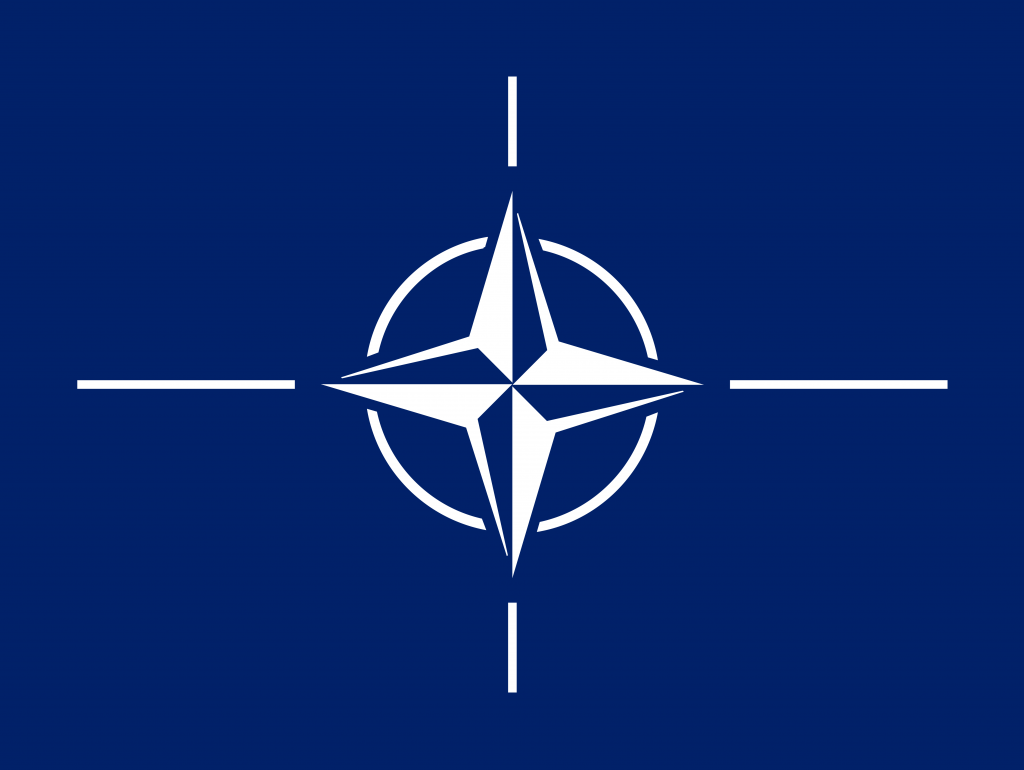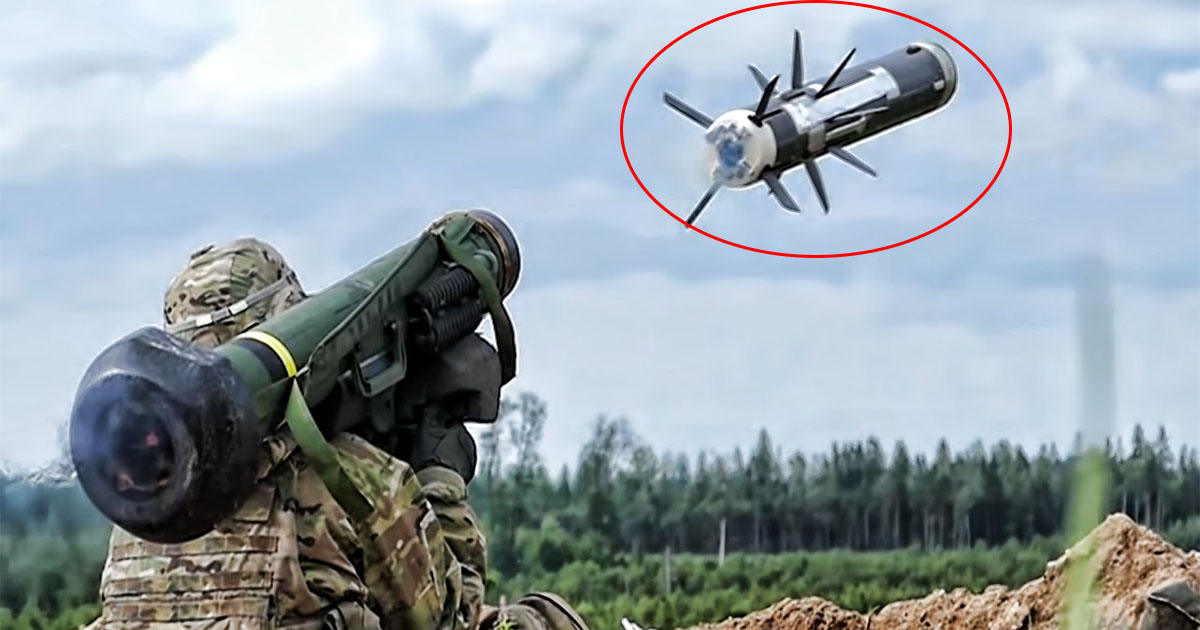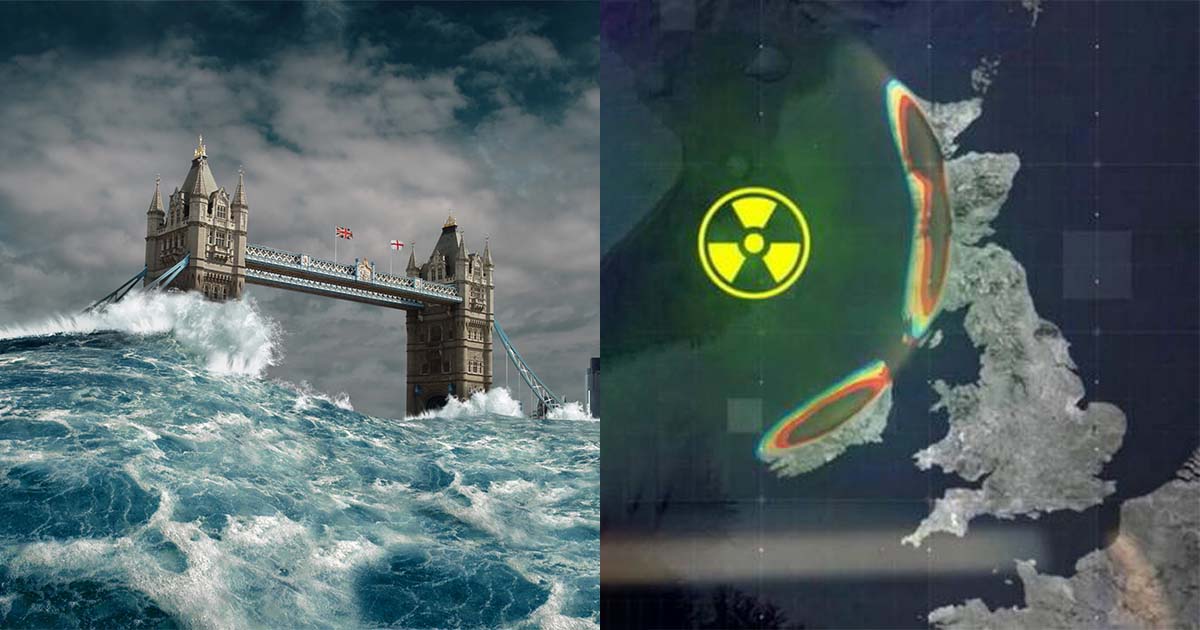
Two missiles hit a Poland village called Przewodów, which is situated just some five miles from the Ukrainian border. This happened on Tuesday, 15/11/2022.
Even though U.S. Vice President Joe Biden claimed it was “unlikely” that Russia was responsible for launching the missile that landed in Poland’s east and killed two people, the Polish government insisted that the missile was of Russian origin.
Multiple photos of the missiles remanent are captured:
Pictures that appear to show a crater, a farm tractor, and a trailer that has overturned, as well as what appear to be missile parts that have since been recovered, are widely shared on social media. What is the type of this missile? Who fired it to Poland? Is it just a “mistake” from the Russian side since the Poland village is just 45 miles north of the Ukrainian city of Lviv, which was among those struck today by Russian missiles? Or was this an intended “hello” hit from Russians to the NATO?
Are the Russians Responsible?
Russian officials have officially denied any participation and dismissed reports that one or more Russian missiles struck the farm in Przewodów as a provocation but have produced no actual proof. However, there is very little chance that two misdirected missiles would reach the same precise target in Poland. Only if there was a targeting inputting error (which seems unbelievable) or it was an intentional strike.
Another explanation is that this missile is an errant Ukrainian surface-to-air missile that may have impacted the Polish farm. In other parts of the world, it has happened that stray SAMs, having missed their target by a great distance, eventually crash to the ground. And this takes us to the next question. What is the type of missiles that hit Poland?
What is the Missile Type?
Some analysts have speculated that pieces of the debris reportedly retrieved in Poland might have come from the S-300 surface-to-air missile system. Both the Russian and Ukrainian armed forces have utilized S-300 versions as surface-to-surface weaponry in the ongoing combat. When used against ground targets, Russian S-300 units do not appear to be capable of reaching Poland. So does this mean that the missile was actually fired by the Ukrainians?
More circumstantial evidence has also surfaced suggesting that Ukrainian forces were responsible for the incident at Przewodów with their S-300 surface-to-air missile system. A further theory is that a Ukrainian surface-to-air missile accidentally shot down a Russian missile over Poland, sending its fragments hurtling toward the farm. With the current state of knowledge, we can’t have a definitive answer.
The S-300 Missile System

Russia, Ukraine, and other ex-Soviet states have all fielded the S-300, a family of long-range surface-to-air missile systems developed and operated by the Soviet Union. The Soviet Union originally fielded the S-300 system in 1979; it was intended to protect big industrial and administrative sites, military bases, and airspace from enemy strike aircraft.
The S-300 missile system has multiple variants:
- S-300P
- S-300F
- S-300V
- S-300VM
- S-300V4
And on April 28, 2007, an upgraded system known as the S-400 went into operation, representing a significant improvement over the S-300.
Now the main current versions that are mostly used are the S-300V, S-300P, and the S-300F. Let’s take a look at the missiles used in these systems and some of their specs.
| Missile System | Missle Type | Range | Max Speed | Warhead Weight |
|---|---|---|---|---|
| S-300P | 5V55R | 75 km (46.6 mi) | 1,900 m/s (4,250 mph) | 133 kg (293 lb) |
| S-300P | 5V55KD | 90 km (56 mi) | 1,900 m/s (4,250 mph) | 133 kg (293 lb) |
| S-300P | 5V55U | 150 km (93 mi) | 2,000 m/s (4,470 mph) | 133 kg (293 lb) |
| S-300P/F | 48N6 | 150 km (93 mi) | 2,000 m/s (4,470 mph) | 150 kg (330 lb) |
| S-300V | 9M82 | 13–100 km (8.1–62.1 mi) | 2,400 m/s (5,400 mph) | 150 kg (330 lb) |
| S-300V | 9M83 | 6–75 km (3.7–46.6 mi) | 1,700 m/s (3,800 mph) | 150 kg (330 lb) |
| S-300P | 9M96E1 | 40 km (25 mi) | 900 m/s (2,010 mph) | 24 kg (53 lb) |
| S-300P | 9M96E2 | 120 km (75 mi) | 1,000 m/s (2,240 mph) | 24 kg (53 lb) |
In this war between the Russian Army and the Ukrainian Army, both sides are using the S-300 defensive system but, of course, with variations between the 2.
Poland’s Official Response
The Russian ambassador to Poland has been formally summoned to address questions concerning the incident in Przewodów. The following official statement from the ministry carefully describes what fell on the farm as “a Russian-made missile” without directly linking it to the earlier missile onslaught on Ukraine was exposed.
In addition, Morawiecki affirmed that, in accordance with Article 4 of the NATO Alliance, the alliance’s ambassadors would meet tomorrow to discuss the event. Certain parts of the Polish military have already been prepared, the Prime Minister added, with increased monitoring of the country’s airspace among them.
NATO Response, Can the Accident Propagate?

Despite the fact that the details of what happened in Przewodów are still mostly unknown, concerns have been building for months that Russia’s conflict in Ukraine may, even accidentally, spread to neighboring countries. The Associated Press reported in March that Poles hurried to passport offices and stockpiled goods amid worries the war may cut off supplies after a Russian missile attack killed at least 35 people in western Ukraine, some 15 kilometers from NATO member Poland. Since then, the region has been routinely hit by Russian missiles because of its importance as a hub for military supplies entering Ukraine.
Concerns have also been raised regarding how NATO as an alliance, which has been a highly active donor of military aid and other support to the Ukrainian armed forces, may react to such an event. Article 5 of the NATO Treaty is the collective security clause of the alliance, and there is widespread speculation that Poland may activate it. However, given NATO’s declared desire to limit the scope of the conflict, this appears very unlikely.
NATO Article 5:
- Collective defense means that an attack against one Ally is considered as an attack against all Allies.
- The principle of collective defense is enshrined in Article 5 of the Washington Treaty.
- As a response to the 9/11 terrorist attacks on the United States, NATO invoked Article 5 for the first time.
- Several times, in reaction to events like the one in Syria and Russia’s invasion of Ukraine, NATO has deployed its full arsenal of collective defense capabilities.
- NATO maintains a constant presence of active duty personnel that contributes to its collective defense operations.
US President Response
When questioned about it at the G-20 conference in Bali, “President Joe Biden stated that it was “too early to say whether this missile was fired from Russia,” adding that there was some preliminary evidence to the contrary. “I don’t want to say that until we completely investigate it. It’s unlikely, in the minds of the trajectory, that it was fired from Russia. But we’ll see.”
This statement shows that it is unlikely that the conflict is going to spread to neighboring countries, and NATO is not going to expand the war furthermore. Who knows what will happen in the future, but this incident has been a dramatic change since the start of the conflict.
Who do you think is responsible for the hit of a Poland village and the killing of two farmers? Would this incident be the start of an escalation of the conflict between the two parties? And could this lead to a response from the NATO alliance? Please share your thoughts with us in the below comments section.




